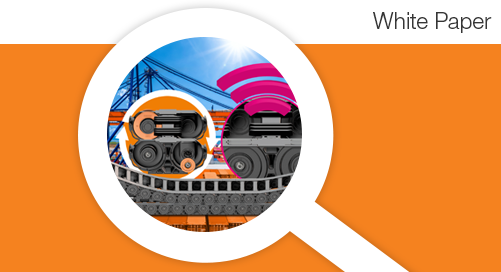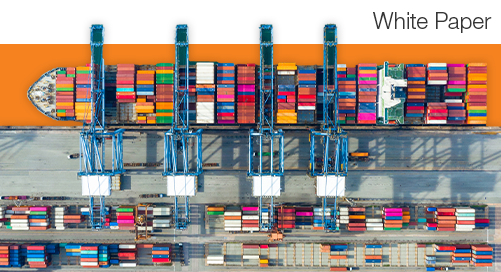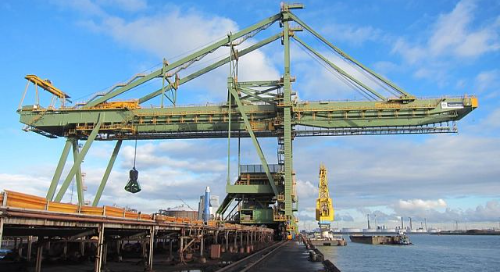Crane inspections: tips and tricks
Note: The below content consists of recommendations and tips for effective crane inspections. It is in no way a comprehensive inspection checklist. Always refer to manufacturer standards and OSHA guidelines for a more complete checklist of requirements and best practices.
Did you know that 90% of crane accidents occur due to human error? Human error consists of everything from ignoring standard operating procedures or safety guidelines, improper assembly and disassembly, and improper maintenance and inspection. This startling statistic underscores the critical importance of regular and thorough crane inspections. Whether you’re a seasoned crane operator or new to the field, mastering the art of crane inspection is not just about meeting regulations — it’s about saving lives.
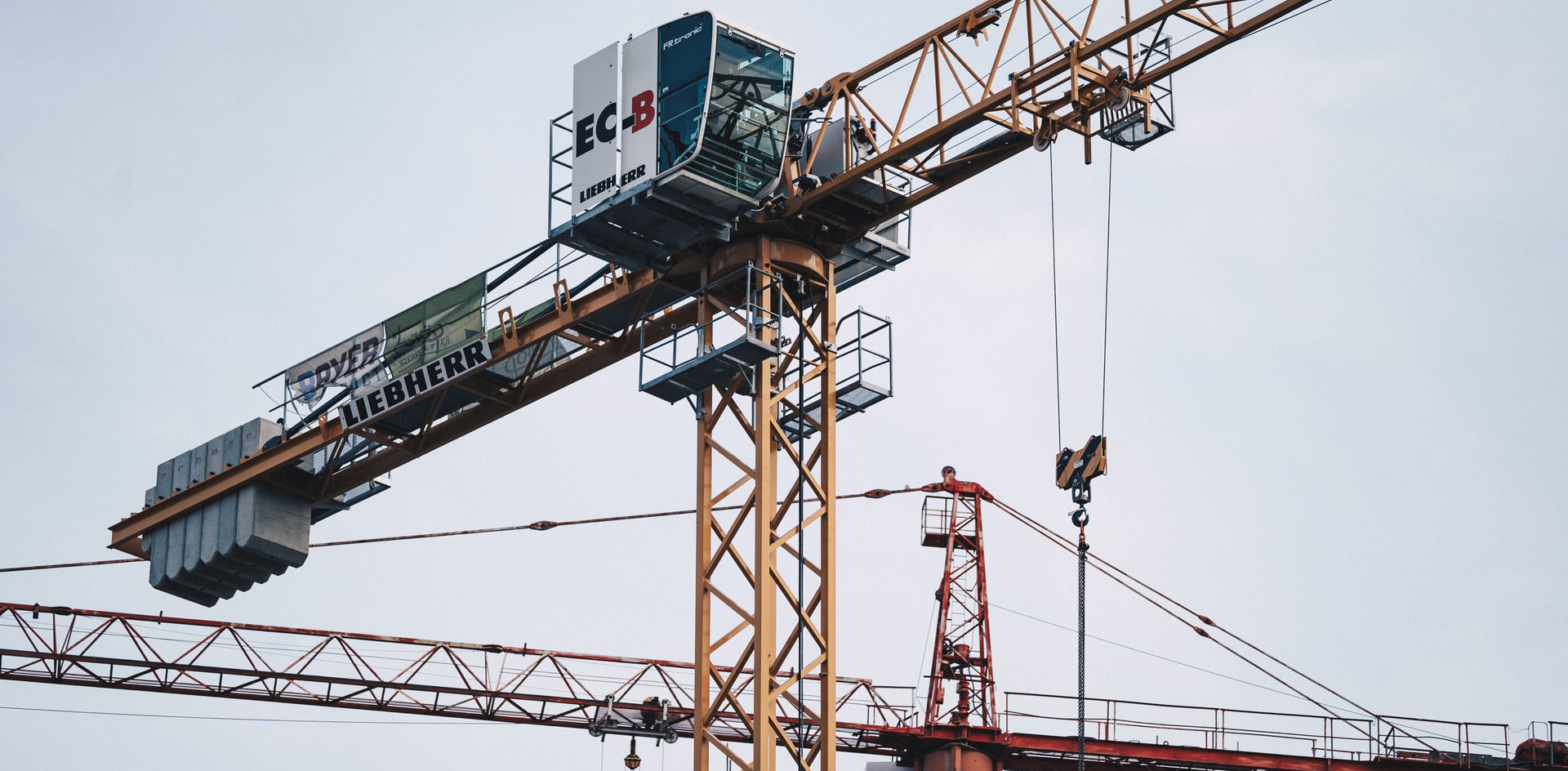
Understanding crane inspection requirements
OSHA crane inspection requirements
Any crane operator will be quite familiar with OSHA requirements for crane inspections. However, it’s still important to brush up on them from time to time to avoid complacency. These requirements include a distinction between “periodic” and “frequent” inspections and what each entails, requirements for the individual performing the inspection, a step-by-step checklist of the inspection process, and more.
Types of crane inspections
Within the OSHA requirements for crane inspections, three types of inspections are defined: initial inspection, frequent inspection, and periodic inspection.
Initial inspection: The initial inspection of a crane happens before the crane is ever put into use. These inspections must be done for both new and altered cranes.
Frequent inspection: These inspections are conducted at daily to monthly intervals. Included in these inspections are checks for deterioration of air or hydraulic systems, hoist chains and end connections, and hooks.
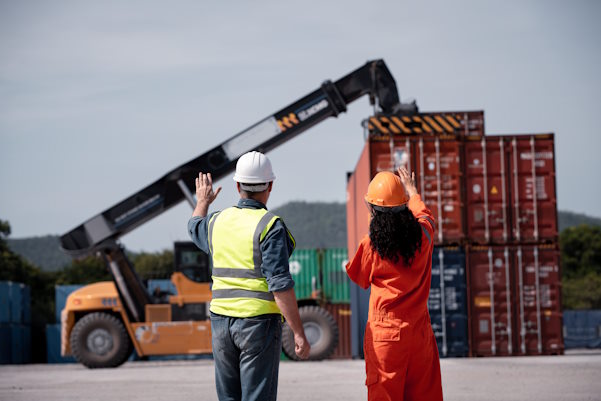
Periodic inspection: Periodic inspections are performed at 1–12 month intervals, and include a complete inspection of the crane. Deficiencies such as loose bolts or rivets, excessive wear, and worn or cracked parts all need to be carefully examined to determine if they present a safety hazard.
Crane inspection preparation
Adequate preparation is key for performing crane inspections efficiently and effectively. Inspectors need to have a checklist on hand — this can be either digital or physical — both to ensure the inspection meets all OSHA and manufacturer standards, and to have evidence of compliance with these standards in the case of an incident or investigation.
Safety measures for crane inspections
Before conducting a crane inspection, it’s crucial to prioritize safety. Below are some essential safety measures to follow.
Personal protective equipment (PPE)
Always wear the following PPE during crane inspections:
- Hard hat
- Safety glasses
- Steel-toe boots
- High-visibility vest
- Gloves
- Fall protection equipment (when working at heights)
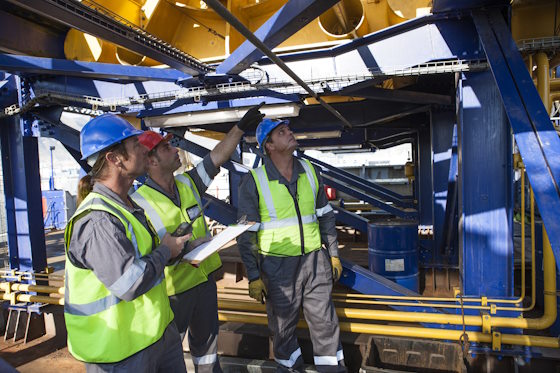
Crane safety protocols
Follow these safety protocols during inspections:
- Lockout/tagout: Ensure the crane is properly de-energized and tagged out before beginning the inspection.
- Communication: Maintain clear communication with ground personnel and other workers in the area.
- Weather considerations: Avoid conducting inspections during severe weather conditions.
- Proper lighting: Ensure adequate lighting for thorough visual inspections.
- Use of proper tools: Only use inspection tools that are in good condition and appropriate for the task.
Remember, no inspection is worth risking your safety. If you encounter a situation that seems unsafe, stop the inspection and consult with your supervisor.
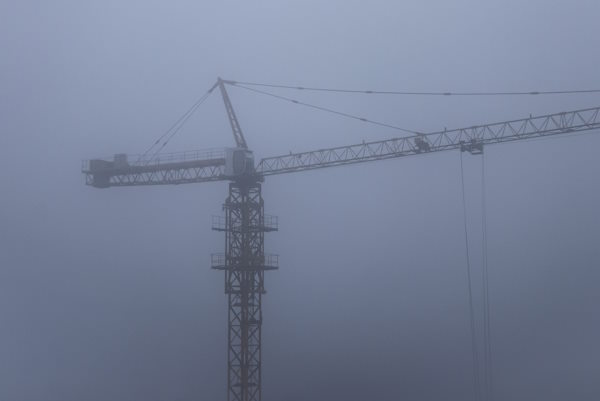
Common issues & troubleshooting
Over the course of months or years of inspections, certain issues will come up much more frequently than others. Knowing how to quickly and reliably diagnose and troubleshoot these issues is therefore essential for crane inspections.
Damaged cables
- Cause: Improper strain relief, misalignment, or environmental exposure
- Action:
- Check for fraying, kinking, or bird-caging
- Ensure proper lubrication
- Verify correct spooling on drum
- Confirm cable is the correct size and construction for the application
Damaged hooks
- Cause: Improper load support
- Action:
- Look for deformities or cracks daily
- Use go/no-go gauges to check for deformation
- Inspect for cracks using non-destructive testing methods
- Verify that safety latches are present and functioning
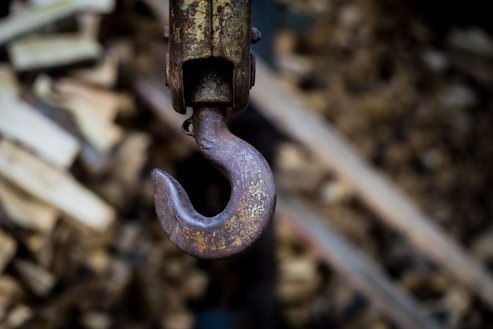
End truck wheel wear
- Cause: Often due to a skewed crane, especially in retrofitted systems
- Action:
- Check crane and runway alignment if frequent wear occurs
- Measure wheel diameter and compare to manufacturer's specifications
- Check for uneven wear patterns that might indicate misalignment
- Inspect rail joints for smoothness and proper gap
Crane inspection tips
Below are tips for conducting inspections on cranes that utilize e-chain cable carriers for cable management.
Inspect guide trough for misalignment
When using a guide trough in a crane, a common issue that may occur is a misalignment of the cable carrier within the trough. If this occurs, the cable carrier will wear much more quickly than normal and fail prematurely. During inspections, check the guide trough and ensure the cable carrier is properly aligned and that there are no portions of the trough too narrow for the chain.
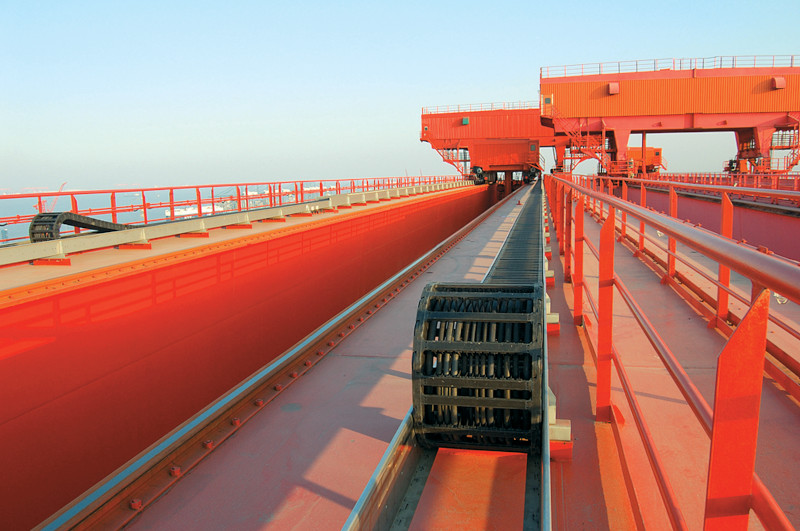
Check for missing crossbars & fasteners
When checking your e-chain, take note of any missing crossbars or fasteners. If a crossbar is missing, it could be a sign of cables being pulled too tightly against the chain, and missing fasteners can cause trough shifting and eventual system failure. Any missing crossbars or fasteners should be dealt with immediately when found.
Ensure cables are properly positioned
Even when using a cable carrier for cable management in a crane, care still needs to be taken to ensure those cables are properly positioned within the cable carrier, especially near the inner and outer radius of the chain where a bend occurs. If the cables are too tight or too loose within the chain, they can experience premature wear and eventual failure. Take care to inspect the cables within the chain and determine if they’re properly positioned.
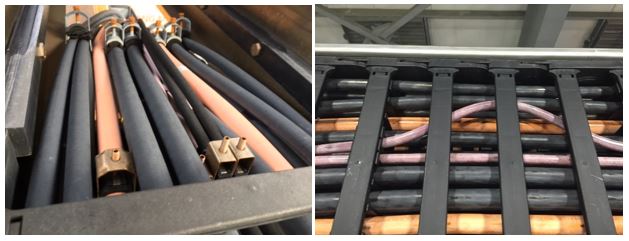
Read more: Top 10 strain relief mistakes wreaking havoc on your cables
Post-inspection procedures
Once an inspection has been carried out, there are a few final steps necessary to complete the process:
Documentation and Reporting
- Use a standardized inspection form to ensure consistency
- Include detailed descriptions of any deficiencies found
- Attach photos or diagrams to illustrate issues when possible
- Maintain a historical record of inspections for trend analysis
Addressing Critical Issues
- Develop a clear protocol for tagging out unsafe equipment
- Establish a priority system for addressing issues based on severity
- Create a communication plan to inform relevant personnel of inspection results
Follow-up Scheduling
- Set up a system to automatically schedule the next inspection based on the current inspection's findings
- Implement a tracking system for pending repairs or replacements
- Schedule more frequent inspections for components showing signs of wear or stress
Crane inspection services
If you’re hesitant to perform your own inspections and would rather have a team of crane professionals perform inspections for you, igus’ Orange Services is exactly what you’re looking for. Orange Services can not only perform e-chain installation, repair, and retrofitting, but they can provide engineering and training services, as well as conduct inspections. Inspection services include:
- Pre-installation
- Commissioning and startup
- Annual/biannual checkups
- Extended warranty
- Failure analysis
- Fleet programs
With Orange Services from igus, you can be sure you’re getting the best in inspection services from experienced crane professionals.
Real-world example: the importance of diligence
In 2008, a crane collapse in New York City resulted in seven fatalities. The investigation revealed that a critical support component had not been properly inspected or replaced. This tragic incident serves as a stark reminder of the importance of thorough and regular crane inspections.
Glossary of crane inspection terms
- Lockout/tagout: A safety procedure used to ensure that dangerous machines are properly shut off and not started up again prior to the completion of maintenance or inspections.
- End truck: The part of an overhead crane that houses the wheels and travels along the crane runway.
- e-chain: A cable carrier system that protects and guides cables and hoses on automated equipment.
- Bird-caging: A condition where the individual wires of a cable unwind in a way that looks similar to a bird cage.
- Go/no-go gauge: A measuring tool used to check whether or not a part is within specified tolerances.
Conclusion
Regular crane inspections are not just a regulatory requirement, but a crucial component of ensuring safety in the workplace. By adhering to a stringent inspection schedule, identifying potential issues early, and addressing them promptly, companies can significantly reduce the risk of accidents and equipment failure.
This proactive approach not only protects the well-being of operators and nearby workers but also enhances operational efficiency and extends the lifespan of the crane. Investing in thorough inspections and maintenance ultimately fosters a safer work environment and contributes to the overall success and reliability of lifting operations.

